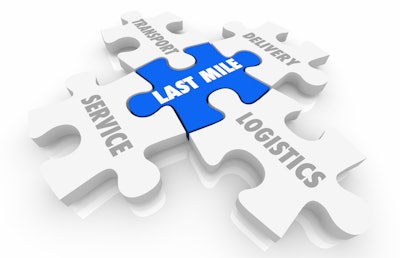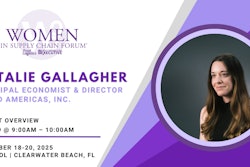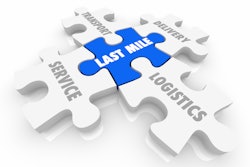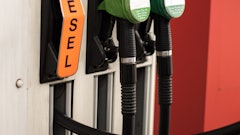
In the half‑decade since the pandemic exposed supply chain vulnerabilities, one lesson stands out: breakthroughs in first‑ and last‑mile logistics aren’t optional—they’re imperative. While headlines focus on port congestion or ocean‑going vessels, a far more insidious challenge lurks closer to home: the “landside container black hole.”
It’s here—where containers hand off to trucks, rail, and drayage carriers—that visibility evaporates, costs balloon, and service levels crater. Today’s logistics leaders must stop treating the first and last mile as an afterthought and instead embrace a digitally driven, strategically sourced model that shines a light into every dark corner of the supply chain.
The landside black hole: Why it matters
When containers leave the port gate, many forwarders and shippers relinquish sight of them entirely. No GPS pings. No automated updates. Only sporadic phone calls, emails, and website checks. This visibility void fuels three critical pain points: Blind carrier selection, hidden charges and manual overload.
Yet the risks are escalating. Today, one in three supply‑chain executives cite geopolitical tensions, extreme weather, cyber threats, and transport breakdowns as top disruptors. Most are hedging by diversifying suppliers and ocean routes—but few are rethinking their landside networks. That’s like reinforcing your castle walls while leaving the drawbridge wide open.
The path to resilience
The digital freight forwarding market is set to nearly triple—from $42 billion this year to over $113 billion by 2030—underscoring the industry’s thirst for smarter, more connected operations. To tap into that promise for first and last mile, logistics teams must:
Adopt real‑time tracking. With GPS and IoT integration, teams can tag every container, chassis, and trailer with connected sensors that relay gate‑out, delivery, gate‑in, and exception data. Predictive alerts also play a role with AI‑driven analytics to forecast potential delays—from port yard backups to traffic snarls—and trigger proactive interventions.
Leverage automation and AI. Dynamic route optimization relies on algorithms to weigh traffic, weather, delivery windows, and fuel costs to craft the most efficient drayage plans. Automated tendering is another integration method of automation and AI, which instantly matches shipment requirements with the ideal local carrier—based on capacity, performance scorecards, and contractual rates—without manual RFQs.
Integrate across the ecosystem. Stitching together ocean‑leg visibility platforms, your TMS, and local‑carrier TMS apps creates a unified data flow so that milestones and billing data flow seamlessly—no email threads or spreadsheets required. By leveraging one's volume, you can centralize drayage spend across regions to negotiate better rates and service‑level agreements, turning fragmented pockets of volume into enterprise‑scale leverage.
Implementing a blueprint for success. Imagine a digitally unified supply chain that begins the moment your container is stuffed at origin and ends only when the final pallet is delivered to the customer’s dock door. Here’s a quick snapshot on how to achieve that:
· Standardize your drayage network
o Create a global roster of vetted drayage partners
o Normalize performance metrics (on‑time, dwell time, cost adherence) to compare carriers objectively
· Implement a single pane of glass
o Deploy a platform that aggregates ocean‑leg AIS feeds, port‑entry gate sensor data, and carrier‑TMS updates
o Empower planners and customer‑service teams with dashboards that flag exceptions and suggest remediation actions
· Automate exception management
o Configure rule‑based triggers (e.g., “if dwell > 4 hours, reroute to secondary depot”) to enforce SLA compliance
o Integrate chatbots or mobile‑app notifications for on‑the‑road drivers, ensuring everyone stays aligned
· Measure and refine continuously
o Track KPIs—dwell times, on‑time deliveries, cost per move—and benchmark them quarterly
o Hold regular “network health” reviews to identify choke points and test new carriers or tech capabilities
From "black hole” to “bright spot”
The first and last mile should no longer be the “neglected stepchild” of global logistics—it must be the cornerstone of supply chain resilience. By embracing real‑time visibility, AI‑powered automation, and end‑to‑end integration, freight forwarders and shippers can transform the “container black hole” into a bright, data‑driven lifeline.
The result? Faster deliveries, lower costs, happier customers, and a supply chain built not just to endure disruption, but to thrive in spite of it.
















![Pros To Know 2026 [color]](https://img.sdcexec.com/mindful/acbm/workspaces/default/uploads/2025/08/prostoknow-2026-color.mduFvhpgMk.png?ar=16%3A9&auto=format%2Ccompress&bg=fff&fill-color=fff&fit=fill&h=135&q=70&w=240)


